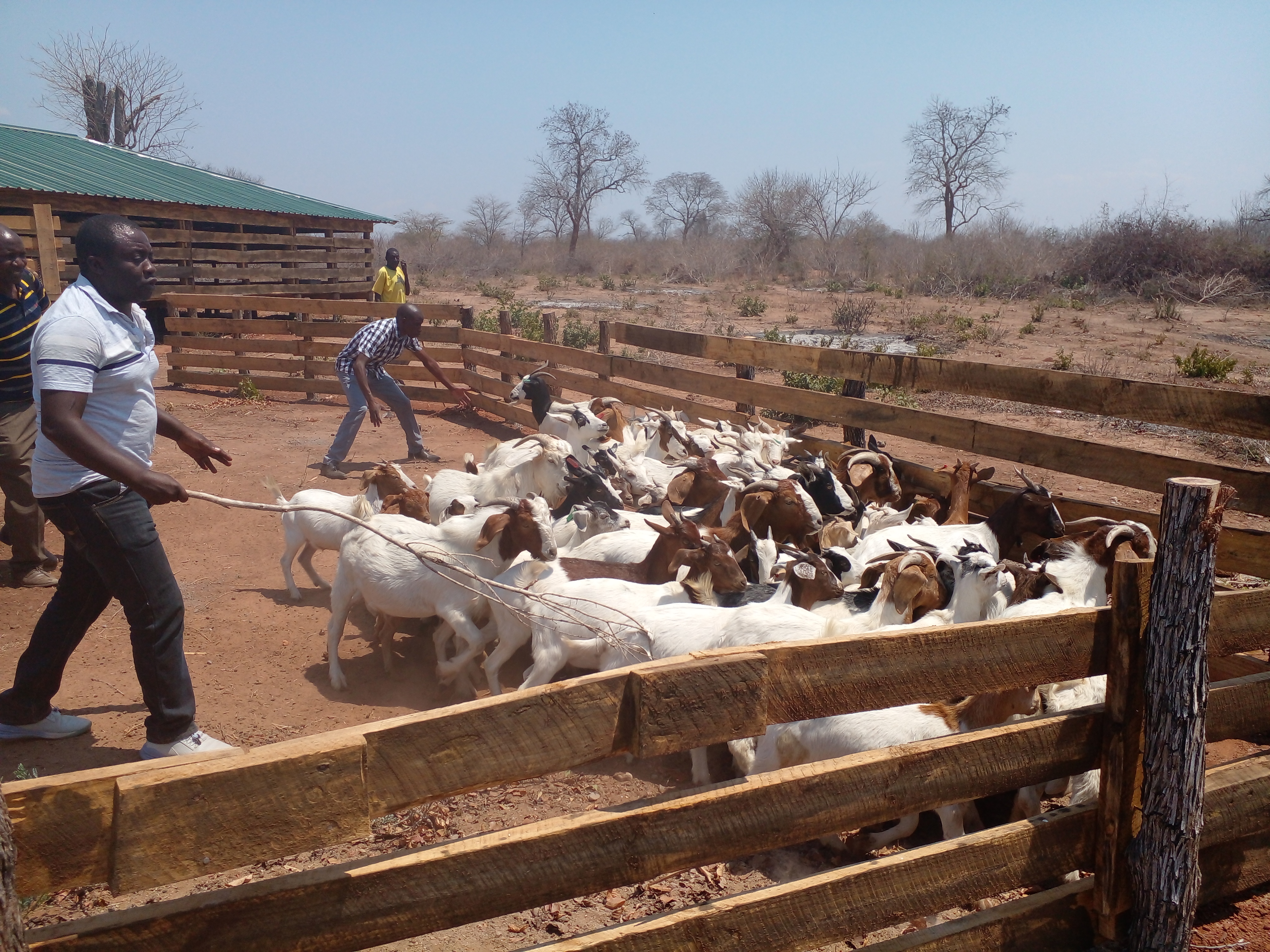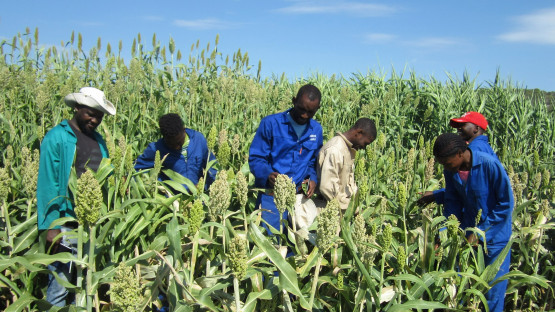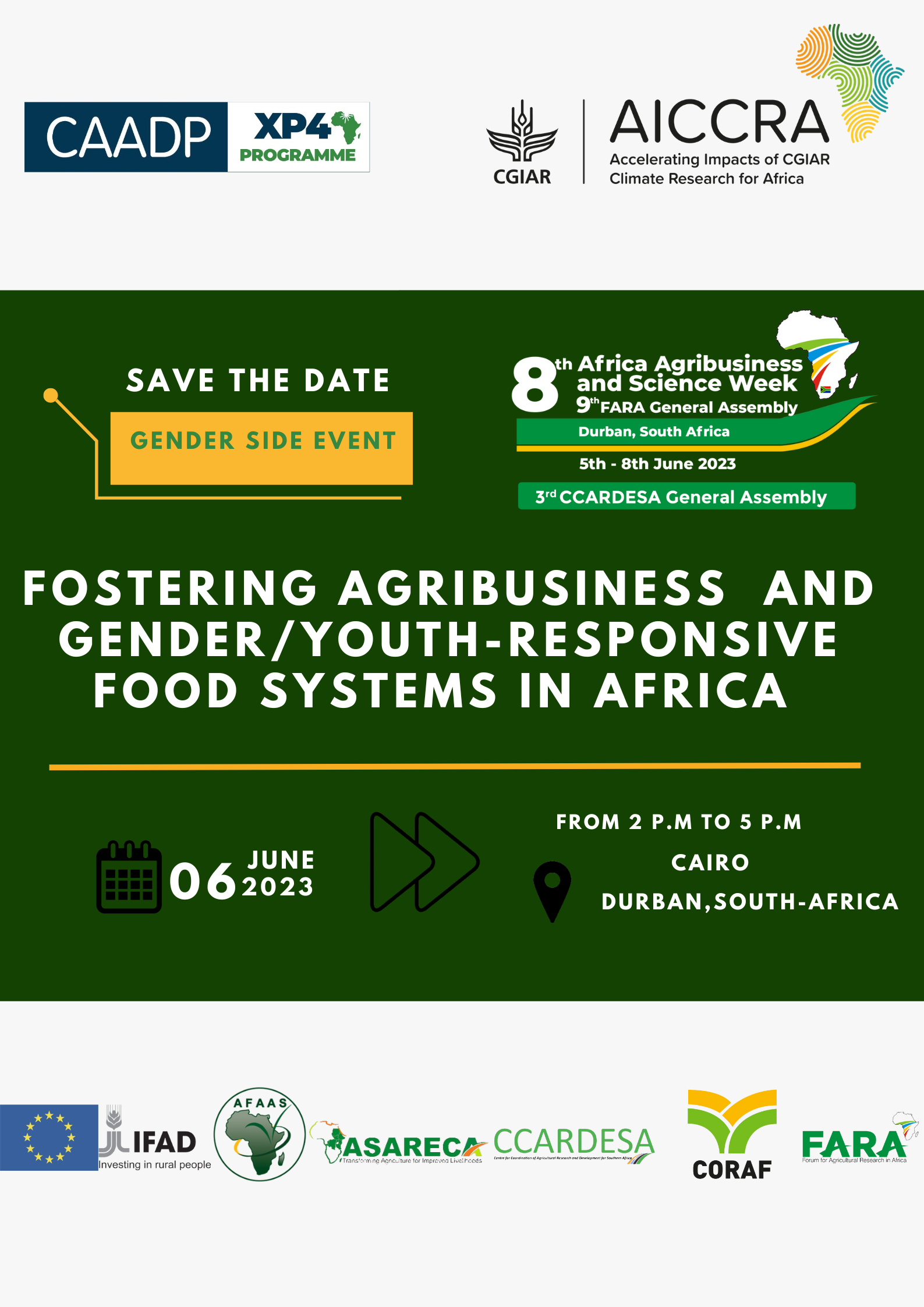Co-authors
Mutua A, Kindt R, Jamnadass R, Simons A.
Description/Abstract
The Agroforestree Database provides information on the management, use and ecology of a wide range of tree species which can be used in agroforestry.
While the database provides information on native and exotic trees globally, it also provides a searchable interface where users can search by country, native or exotics species, products and/or services provided, as well as the first letter of the species.
Currently, the database holds information on 600 tree species useful in agroforestry systems. The details on each of the species covered by the database include a species botanic description detailing the tree's characteristics, details on climate, distribution range, and ecology. Each species documentation also provides information on tree propagation, management and uses.
Citation
Orwa C, Mutua A, Kindt R, Jamnadass R, Simons A. 2009.
Agroforestree Database: a tree reference and selection guide version 4.0. World Agroforestry Centre, Kenya.












